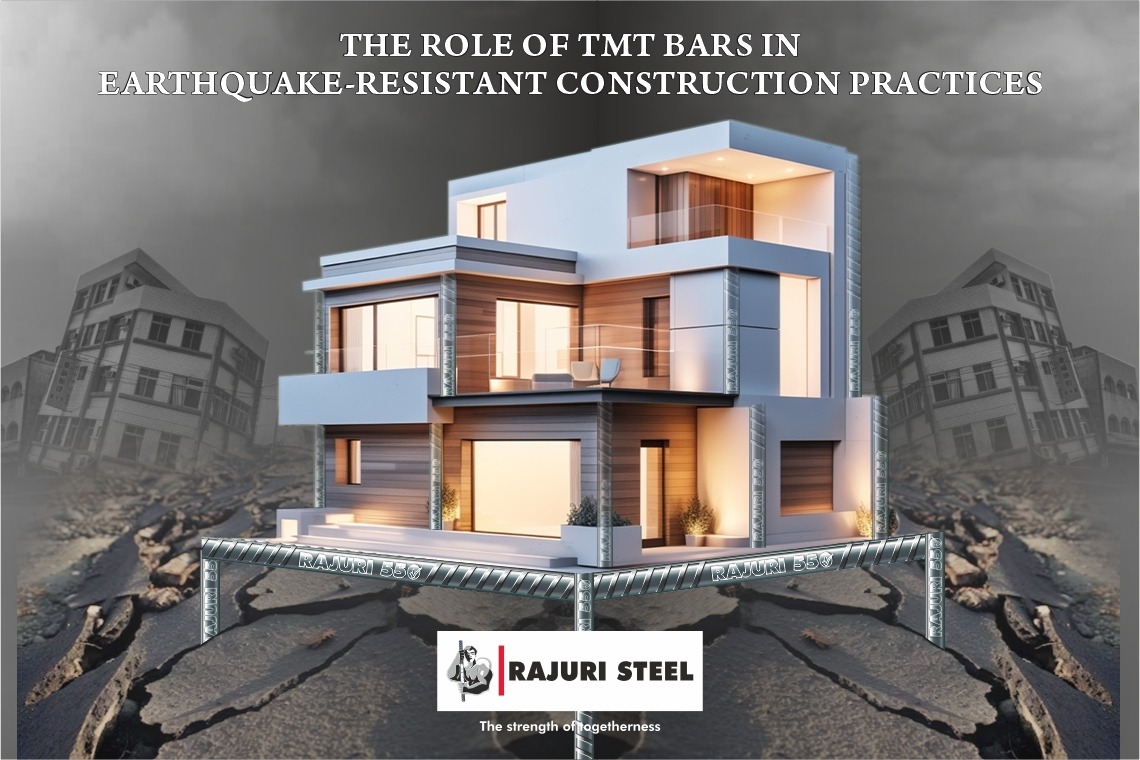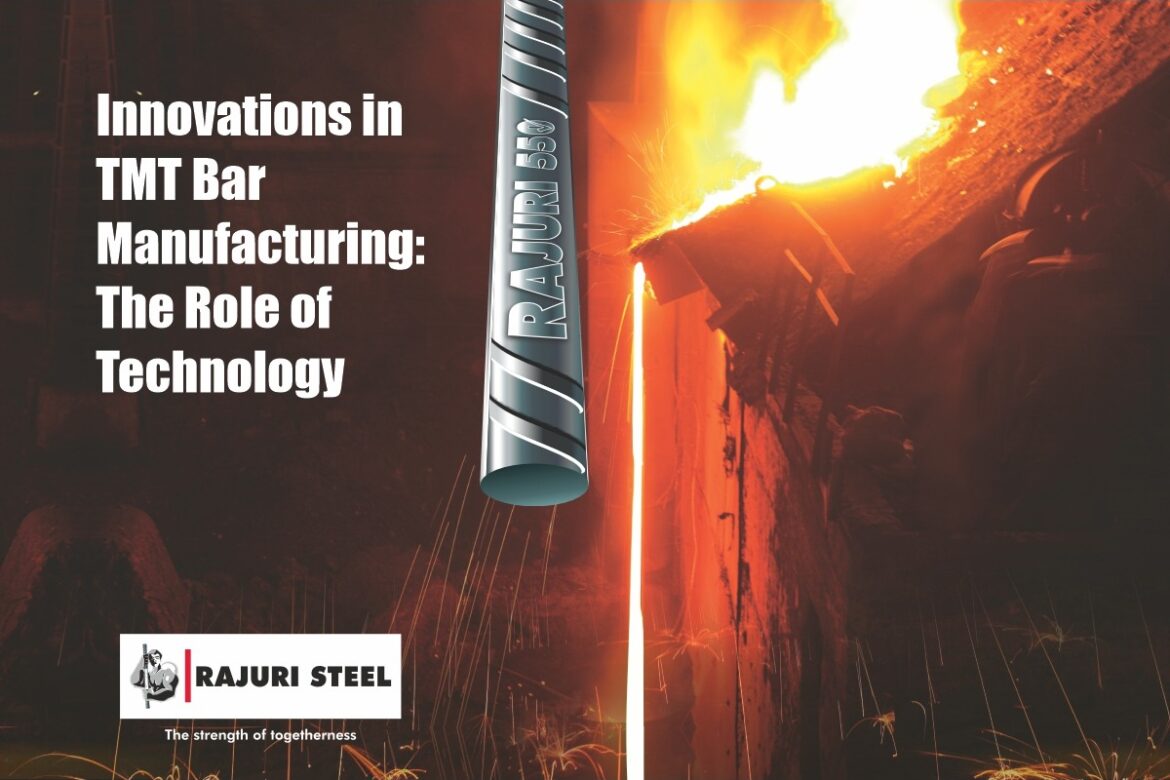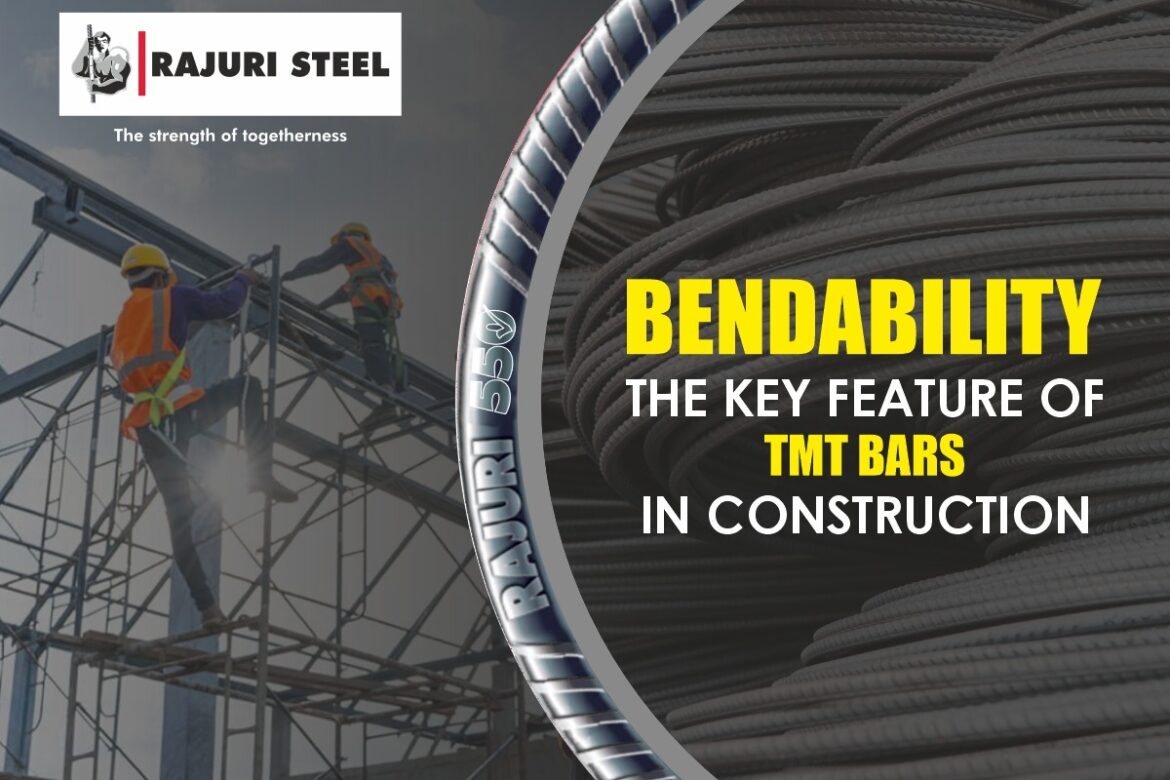In regions prone to seismic activity, the integrity of buildings and infrastructure is of paramount importance. Among the various factors that contribute to structural resilience, the role of TMT (Thermo-Mechanically Treated) bars in earthquake-resistant construction practices cannot be overstated. Delve into the significance of TMT bars in mitigating the impact of earthquakes on buildings and ensuring the safety of occupants.
Understanding the Threat: Earthquakes pose a significant threat to buildings, as the sudden release of energy can induce ground shaking, ground rupture, and other destructive phenomena. In seismic zones, the structural integrity of buildings is put to the test, highlighting the importance of robust construction techniques and materials.
Enhanced Ductility and Flexibility: One of the key advantages of TMT bars in earthquake-resistant construction is their enhanced ductility and flexibility. TMT bars are engineered to withstand dynamic loads and deform plastically under stress, dissipating energy and reducing the risk of structural failure. This inherent ductility allows buildings to withstand the lateral forces exerted during an earthquake without collapsing.
Improved Bond Strength: The bond strength between concrete and reinforcement plays a critical role in the performance of reinforced concrete structures during seismic events. TMT bars, with their ribbed surface texture and superior bonding characteristics, ensure robust anchorage within the concrete matrix, enhancing the overall structural stability and resistance to seismic forces.
Reduced Risk of Brittle Fracture: In earthquake-prone regions, the risk of brittle fracture in structural elements is a significant concern. TMT bars, with their high tensile strength and toughness, minimize the risk of brittle failure, providing an added layer of protection against seismic-induced damage. This resilience ensures that buildings can withstand the sudden shifts and vibrations caused by earthquakes without compromising their structural integrity.
Compliance with Seismic Codes: TMT bars used in earthquake-resistant construction must adhere to stringent seismic design codes and standards. We ensure that TMT bars meet or exceed the requirements specified in seismic design guidelines, including ductility, yield strength, and elongation properties. Compliance with these codes is essential for ensuring the safety and stability of buildings in seismic zones.
Conclusion:
In earthquake-resistant construction practices, the role of TMT bars is indispensable. With their enhanced ductility, improved bond strength, and resilience to brittle fracture, TMT bars provide the structural reinforcement necessary to withstand the forces unleashed by seismic events. By incorporating TMT bars into building designs and adhering to seismic design codes, engineers and builders can enhance the seismic resilience of structures and safeguard lives and property in earthquake-prone regions.




